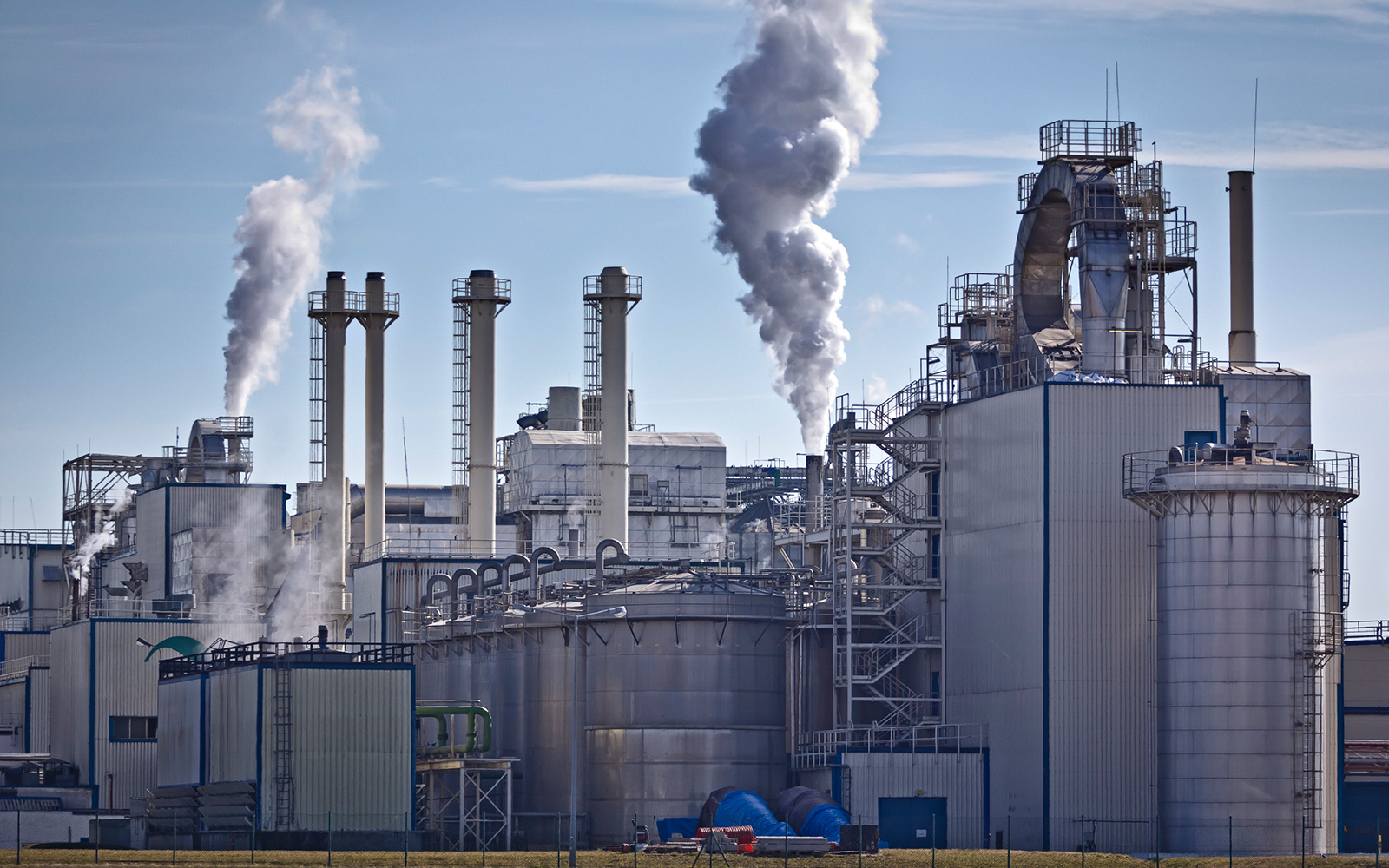Clean Air Act Regulatory Development Support

Project Brief
The Challenge
Under the Clean Air Act, the U.S. Environmental Protection Agency must set standards—specifically, New Source Performance Standards and National Emission Standards for Hazardous Air Pollutants/Maximum Achievable Control Technology standards—for more than 200 categories of industrial sources. EPA must publish these regulations on a specified schedule or face legal action by public interest groups.
ERG's Solution
ERG has supported EPA’s Office of Air Quality Planning and Standards in meeting this challenge continuously for over three decades. During this time, we have supported all phases of regulatory development for more than 100 rulemaking actions covering industrial boilers, waste incinerators, flares, surface coating operations, and landfills, as well as chemical and other manufacturing industries. During rule development, we:
- Characterize the industry of interest and identify and assess the feasibility, performance, and cost of emission control technologies and pollution prevention measures.
- Assess the cost, environmental, and energy impacts of EPA’s proposed rules.
- Collect and analyze data from emissions sources to develop enforceable technology and risk-based emissions limits.
- Provide support for stakeholder meetings and public hearings throughout the rulemaking process.
- Develop dispersion and risk modeling inputs for development of risk-based standards.
- Support EPA in drafting rule and preamble language and in summarizing and responding to public comments on proposed rules.
Following rule promulgation, we also provide training and implementation support, as well as technical support during litigation.
Client
U.S. Environmental Protection Agency